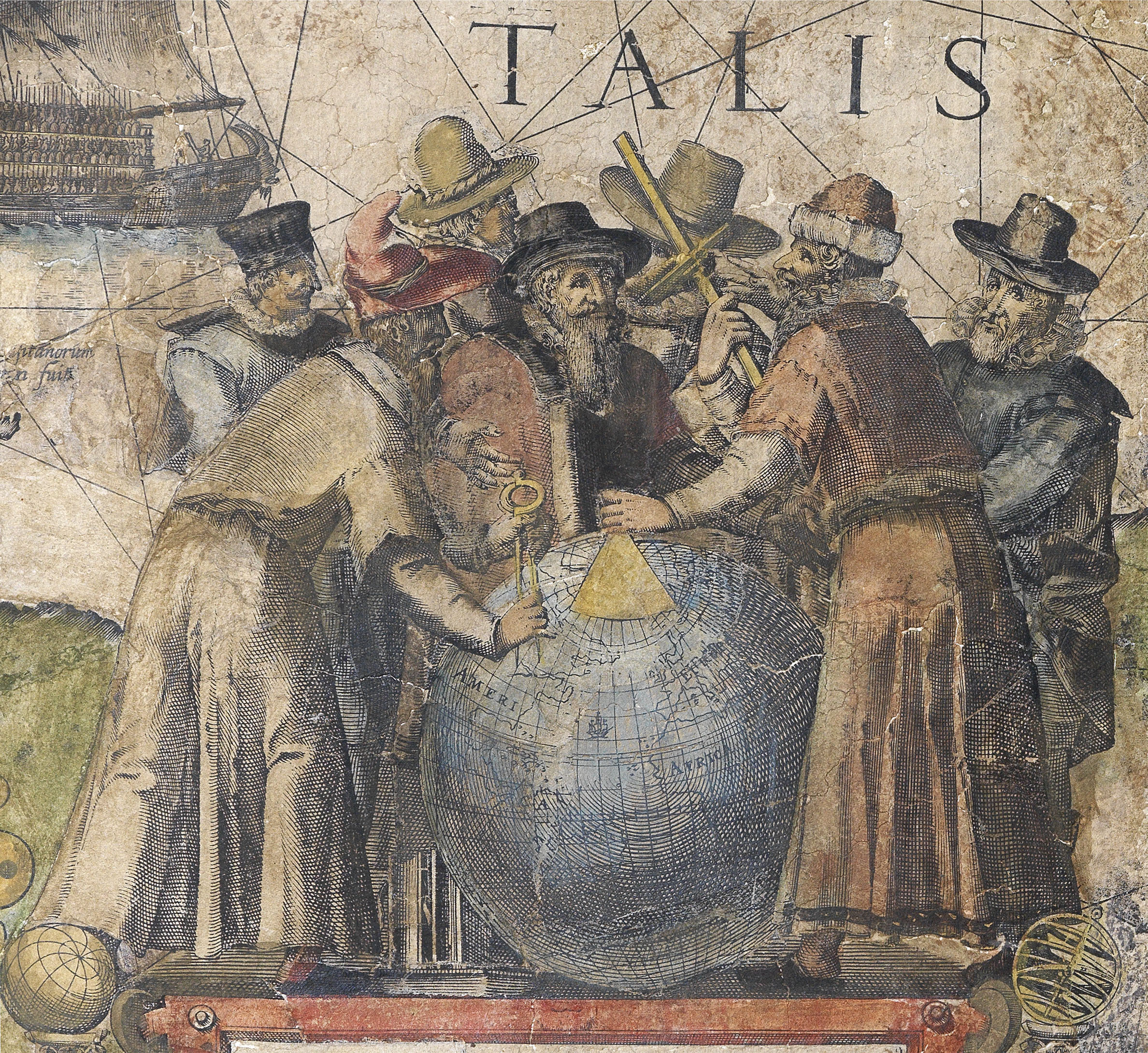L’Abbé Antoine-François PrÉvost D'exiles
(1697 - 1763)

The l’Abbé Prévost was primarily a French novelist, perhaps best known as the author of Manon Lescaut, although, according to Diderot, his lifetime’s output amounted to some 200 volumes, including volumes VIII–XI of Didot’s Histoire generale des voyages, related to the East Indies and Asia, and volumes XII–XV on the Americas, in the 1760s.
Described as a quintessential example of the eighteenth century novel of “feeling”, Manon Lescaut tells the story of a young man of good family who ruins his life for a courtesan: from an early age, Prévost “displayed many of the weaknesses characteristic of the hero of his most famous work. Two enlistments in the army alternated with two entries into the novitiate of the Society of Jesus, from which he was dismissed in 1721. In that year, he took vows as a Benedictine monk and in 1726 was ordained a priest. In 1728, he fled to England. One of his numerous love affairs caused him to lose his job there as a tutor and to go to Holland in 1730. In 1735 Prévost returned to England to escape his Dutch creditors and was briefly imprisoned in London for forgery. After secretly returning to France, he was reconciled with the Roman Catholic church (although he may have been a Protestant during his exile)” (Emily Rodriguez).
Diderot’s Encyclopedie relates the unusual manner of Prevost’s death: Prévost had been walking in the woods near his country house in Saint Firmin, near Chantilly when he suffered a sudden attack of apoplexy. Some locals found him and summoned the Gendarmerie who, in turn, summoned a doctor, who pronounced Prévost dead. As foul play was suspected, the doctor was asked to perform an autopsy on the spot. The doctor then plunged a scalpel into Prévost’s stomach, who, being still alive, let out a great cry and then expired, victim of the doctor’s stab wound!
 地图
地图  地图集
地图集  珍本
珍本  版画
版画  天文仪器
天文仪器 






